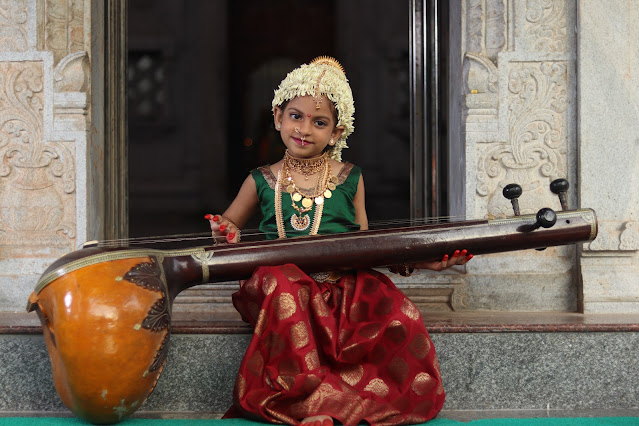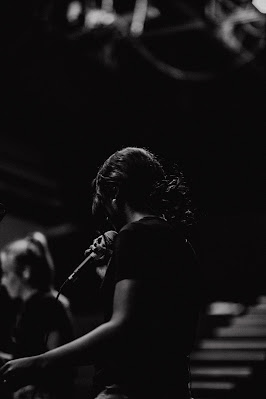South Indian classical music: A harmony of different notes
South Indian classical music is a rich and lively heritage that has been passed down and grown through centuries. It is a complicated system of melody, rhythm, creativity and improvisation that is strongly ingrained in the region's cultural and spiritual traditions. This style of music has received worldwide recognition for its distinct structure and emotive power. Let’s look at the essence of this music genre and its different features, from ancient ragas and talas to complicated improvisational approaches.
South Indian classical music is distinguished by its adoption of several notes, known as ragas. These ragas serve as the foundation of the music, and help evoke various emotions and moods. South Indian music has approximately 200 ragas, each with its own set of notes and regulations.
The tala system is the rhythmical part and is one of its distinguishing aspects. The tala system is made up of a cycle of beats broken down into groups of two, three, or four. Throughout the performance, the musicians use hand gestures to keep time and maintain rhythm.
Another distinguishing feature of this music genre is its unplanned character. Musicians are encouraged to use their ideas and ingenuity to develop new raga variants. This improvisation is called Manodharma and is an important part of the music.
South Indian classical music has been praised for the variety of instruments used. The veena, a stringed instrument, is one of the music's oldest and most prominent instruments. The violin, flute, mridangam, and ghatam are among the other instruments used in this musical form.
This genre has a long history dating back to ancient times. It was first performed in temples and royal courts, where it was regarded as a holy art form. It evolved through time and became increasingly accessible to the general population.
People all across the world now adore South Indian classical music. Its distinct tempos, phrases, and improvisations have influenced performers of various genres. If one is keen to continue and pass the culture, there are many musical platforms to learn online from. Among many, Artium Academy is one of the best music learning institutions. They have several vocal and instrumental classes. With their 1:1 live classes, one can learn at their own pace and get hands-on numerous benefits like masterclasses from industry experts as well as a practice studio. Go ahead and book a free trial class to get started!




Comments
Post a Comment